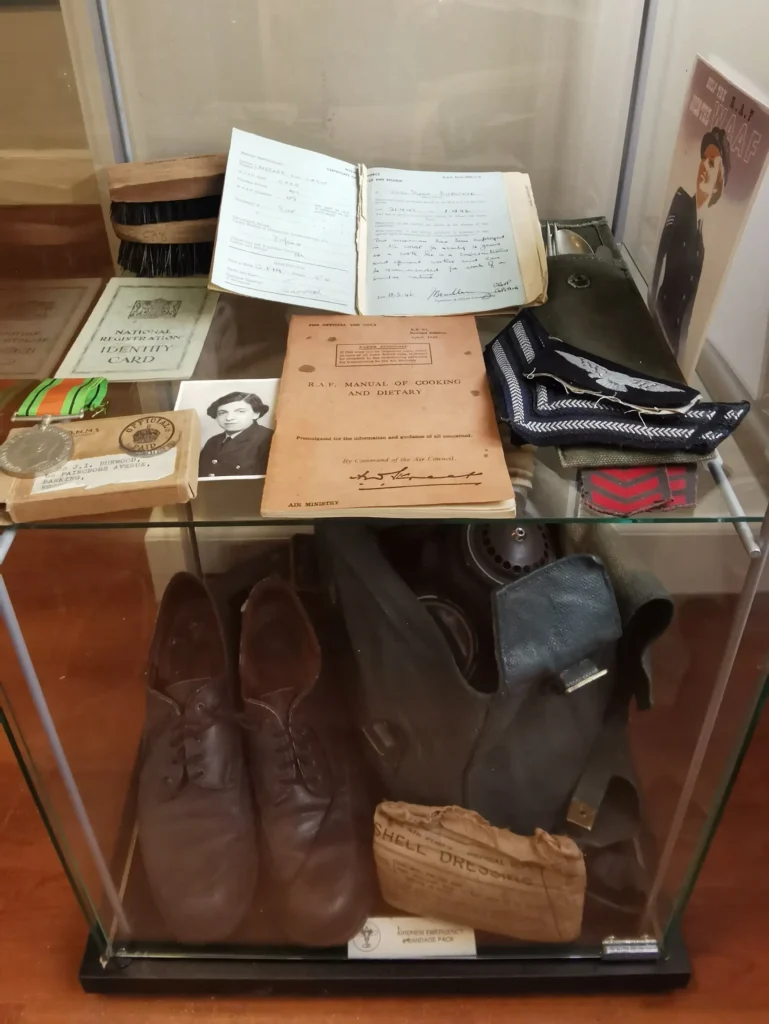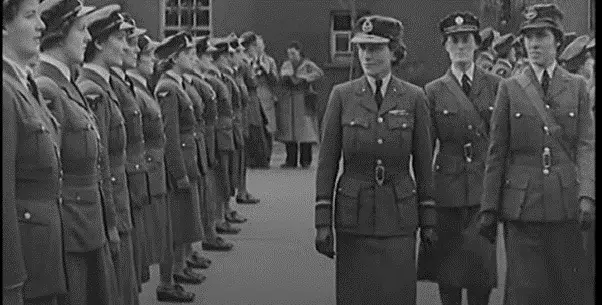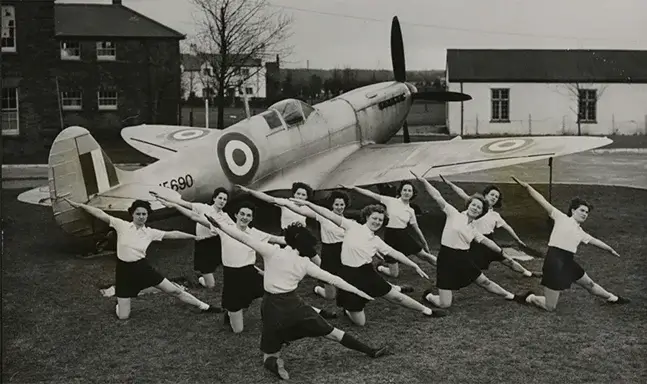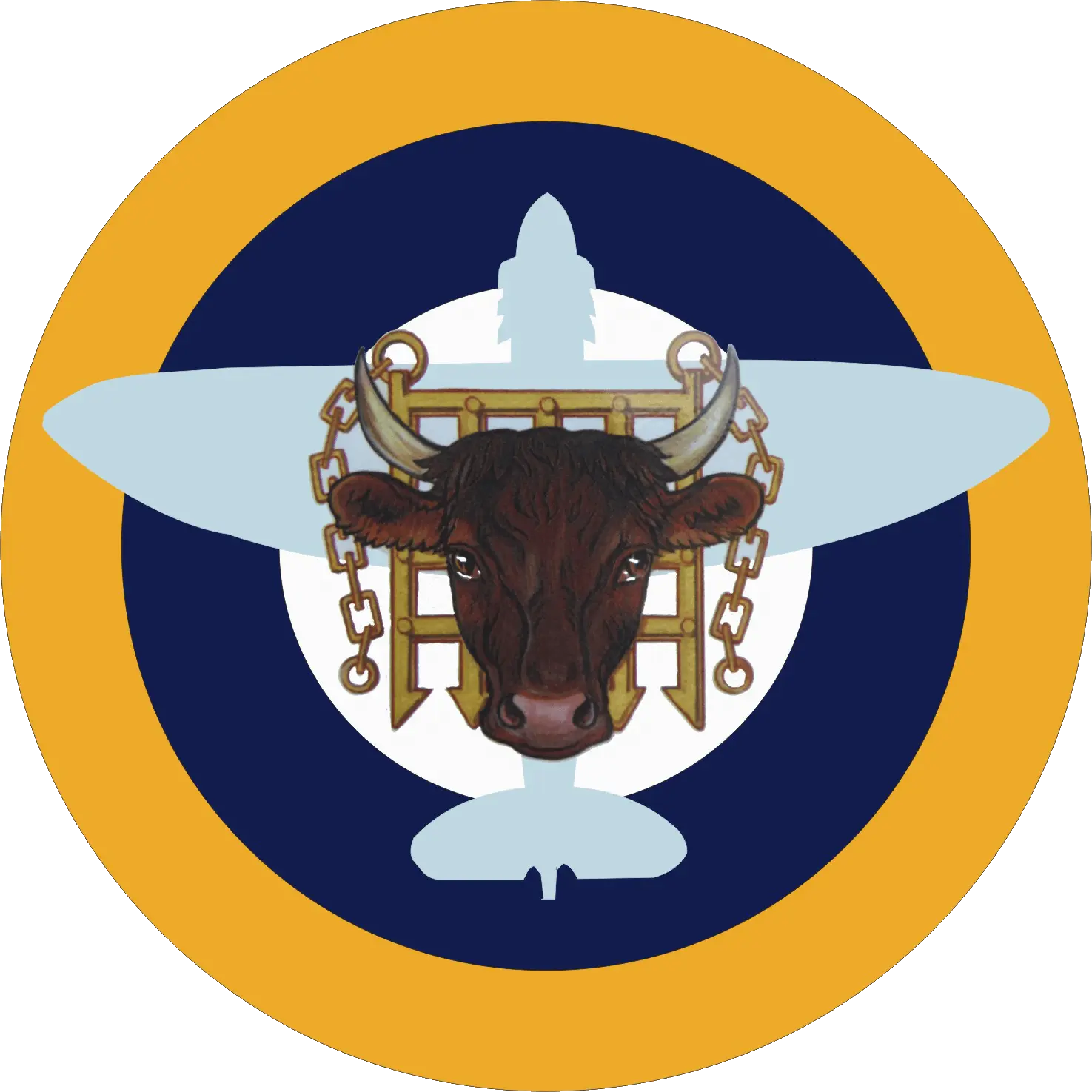WAAF
Women’s Auxiliary Air Force played a vital role to aid in the success of the world wars
Women’s Auxiliary Air Force, A New Breed of Woman
On 28th June 1939, the Women’s Auxiliary Air Force (WAAF) was formed aiding the war effort and helping change the social status of women. The outbreak of WWII brought with it national conscription and a nationwide labour shortage, so it was down to the women of the Britain to step up. World War II gave women the chance to break free from tradition and their usual domestic roles. And all of a sudden, almost overnight, they were given the chance to prove that they could do the jobs that had long been reserved for men. At first there was a general reluctance to allow women into these new fields of employment, but as the war proceeded it became evident that, if men were to be released for combatant duty and if Britain was to be efficient and make the most of its resources, women would have to take over men’s jobs. By the end of 1941, women aged 18 – 60 were conscripted into the war effort and had to choose between war work, factory work, nursing, or join the WAAF or its army and Naval equivalents, the ATS and the WRNS.
Women joined the WAAF from both the Britain and overseas. The WAAF came under the administration of the RAF and members did not serve in individual female units, as with its army equivalent the ATS, but as individual members of RAF Commands. Katherine Trefusis-Forbes was the director of the WAAF and had served in the Women’s Volunteer Reserve in the First World War. Members of the WAAF were initially recruited as clerks, kitchen orderlies and drivers but as the war progressed the roles available for women continued to get more and more varied and went on to include telegraphy, telephony, and the interception of codes and ciphers, and the interpretation of aerial photographs. Women eventually then went on to take on what were considered more ‘masculine roles assembling weapons, building ships and aircraft, becoming mechanics, engineers, electricians, and fitters for aircraft. That doesn’t sound so peculiar to us in the modern day, but during the thirties this would have been ground-breaking. Women were still expected to stay at home taking care of domestic duties, despite winning voting rights in 1928. Women who did work during that time were mostly either single, deserted, or economically, disadvantaged – if a married woman did work it was seen as a negative reflection of the husband’s inability to support her.
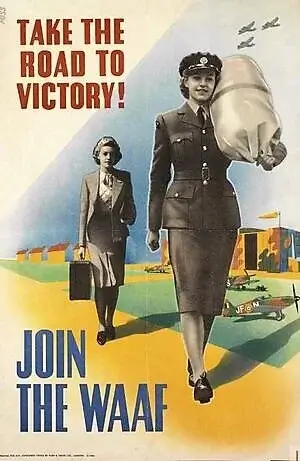
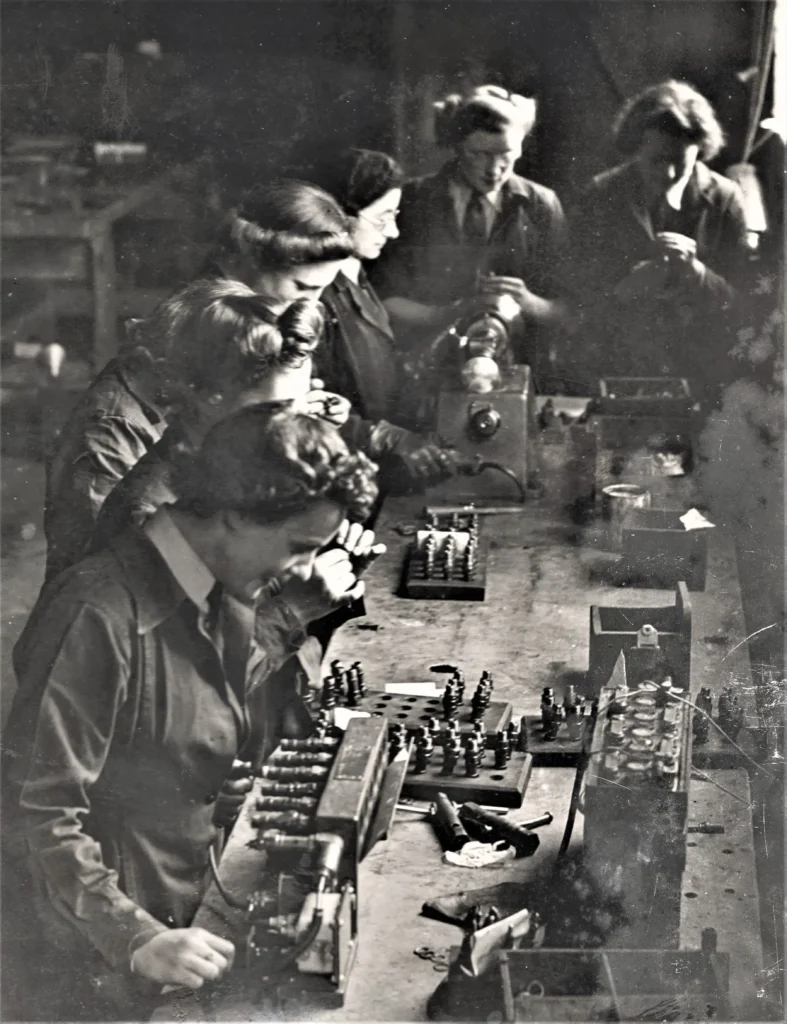
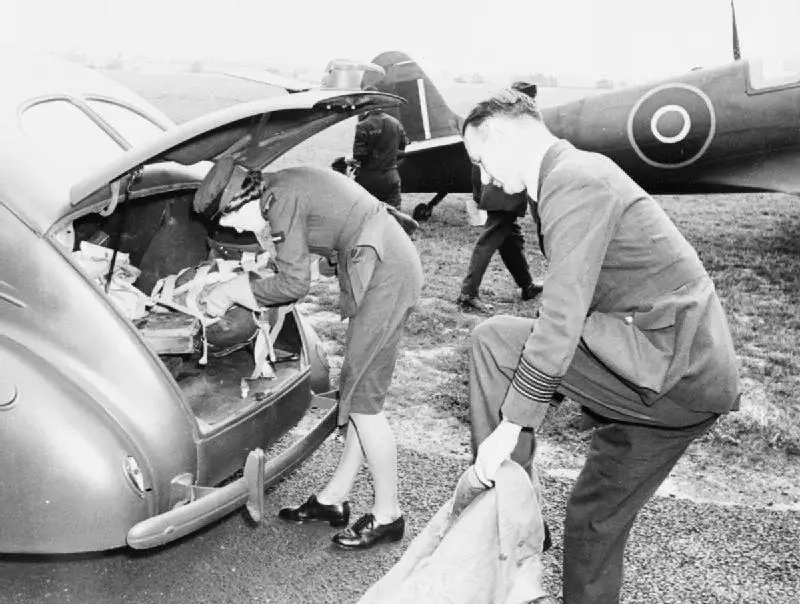
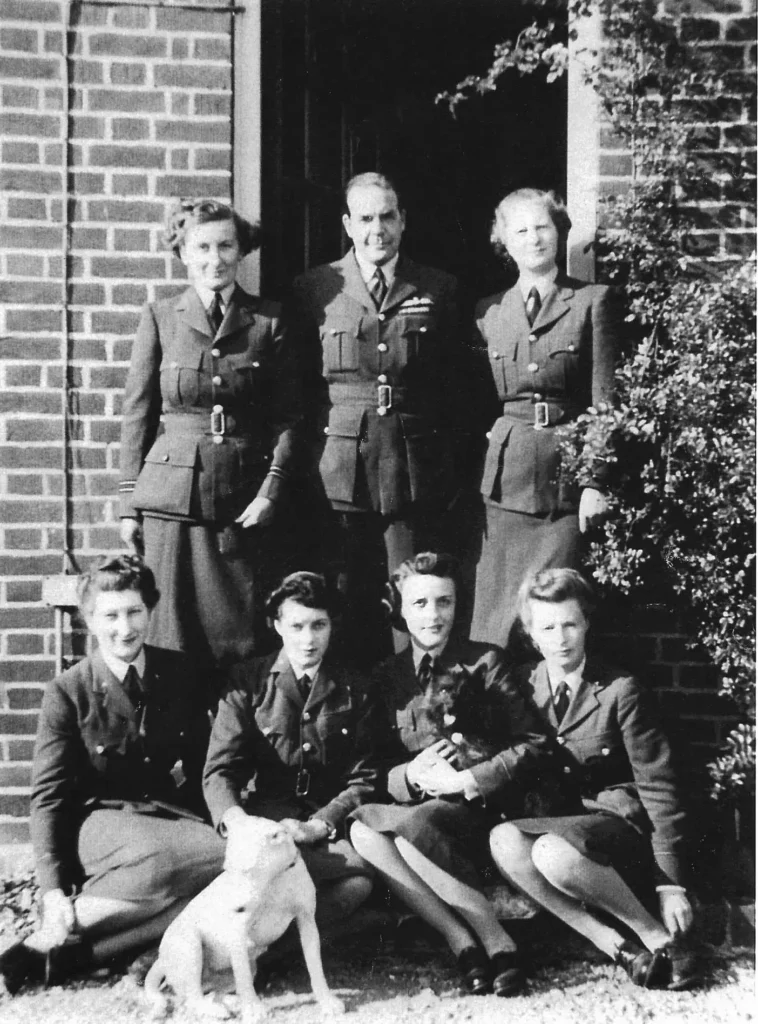
WAAF and the Mice... A Vivid Picture of Life & Work in the W.A.A.F.
In the daylight mass bombings of August and September, in a flimsy building on the aerodrome (Hornchurch), I saw my WAAF plotters with their earphones pressed to their ears to keep out the inferno of noise from the torrent of bombs that were bursting all around, steady and calm at theirs posts, plotting – not a murmur or movement from a single one; though the whole building was literally rocking and each one knew that she and the building might at any moment be airborne.
The plotters won over the last diehards who had scoffed at the notion women in the fighting services, and had resented the intrusion, as they called it, of petticoats in the RAF….
Before everyone had got inside the trenches – about 15 seconds after the warning – there were the most ear-splitting rumbles and bangs. The noise was so deafening and terrifying that our whole lives passed before us in a few seconds, which we certainly thought to be our last….
I was sleeping upstairs, and the next thing I heard was girlish screams. I went downstairs to find the airwomen were far more upset at having mice running over their faces than at the bombs.
This extract comes from Katharine Bentley Beauman’s book, “Wings on her shoulders”.
Her role was as a Public Relations Officer in the WAAF Directorate & Bomber Command. This book shows the vivid first-hand accounts of attacks on airfields during the Battle of Britain.
Remembering all those brave and inspiring women that served in the Women’s Auxiliary Air Force during the Battle of Britain and who truly embodied the spirit of dedication through those dark times of unrest and whose example continues to motivate and drive others in today’s world.
